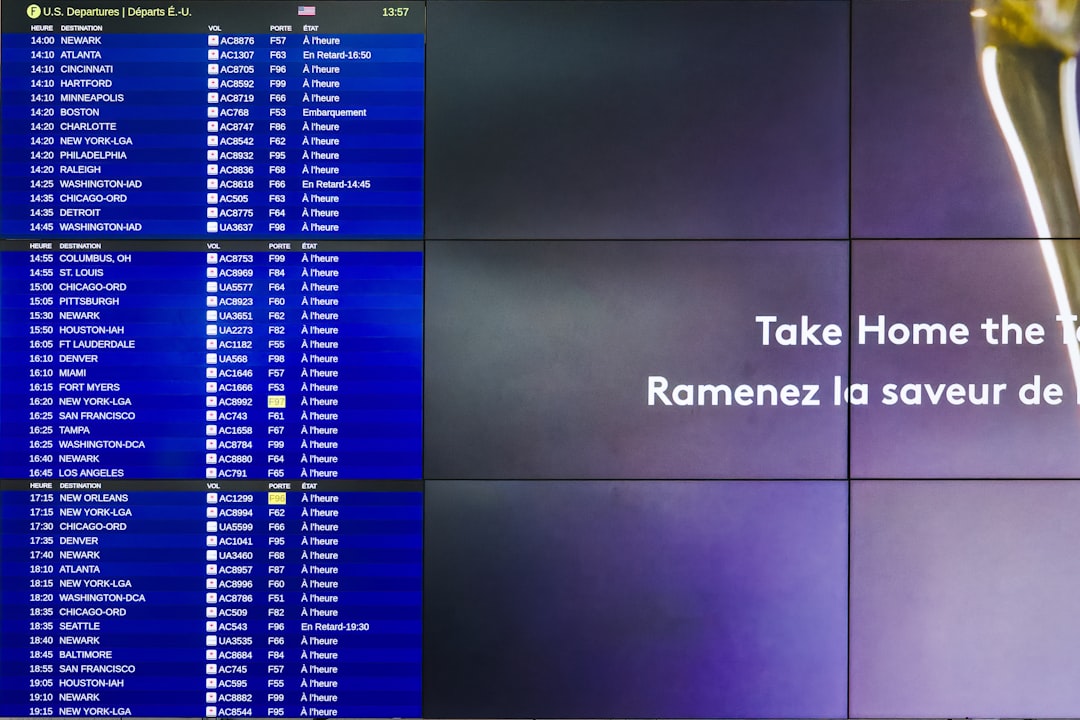As WordPress powers websites worldwide, creating translation-ready WordPress plugins ensures that your plugin can reach a global audience. A translation-ready plugin allows users to localize its content into any language, enhancing its usability and appeal across diverse regions.

This guide explores the steps, tools, and best practices for developing translation-ready plugins that cater to the global WordPress community.
Why Translation-Ready WordPress Plugins Matter
A translation-ready plugin is essential for building a product that resonates with users across different languages and cultures. Benefits include:
- Broader Audience Reach: Localized plugins attract users from non-English-speaking regions.
- Improved User Experience: Users can interact with the plugin in their native language, increasing satisfaction.
- Better Marketability: Translation-ready plugins stand out in the WordPress repository and appeal to international users.
- Increased Downloads: More accessible plugins often see higher adoption rates.
By focusing on translation-ready WordPress plugins, you ensure inclusivity and accessibility for a global user base.
Preparing a Plugin for Translation
To make your WordPress plugin translation-ready, follow these foundational steps:
Use Internationalization Functions
WordPress provides built-in internationalization (i18n) functions to make text translatable:
__()– Returns a translated string._e()– Outputs a translated string._n()– Handles singular and plural forms._x()– Adds context to translatable strings.
Example:
_e('Welcome to our plugin!', 'plugin-text-domain');
Define a Text Domain
The text domain identifies your plugin’s translation strings. Add it to your plugin header:
/*
Plugin Name: My Translation-Ready Plugin
Text Domain: my-plugin
*/
Organize Translatable Strings
Avoid concatenating translatable strings as it complicates translation.
Bad example:
echo __('Hello ') . $username . __(', welcome!');
Good example:
printf(__('Hello %s, welcome!', 'plugin-text-domain'), $username);
For detailed guidance, refer to the WordPress Internationalization Guide.
Generating Translation Files
Translation files store all translatable strings in your plugin. These files include .pot (template), .po (portable object), and .mo (machine object) formats.
Create a POT File
The POT file serves as a blueprint for translations. Use tools like Poedit or the WP CLI to generate this file.
Command-line example:
wp i18n make-pot . languages/my-plugin.pot
Use Translation Tools
Several tools simplify the process of creating and editing translations:
- Loco Translate: Translate plugins directly from the WordPress admin panel. Learn More.
- Poedit: A desktop application for editing
.poand.mofiles. Learn More. - GlotPress: A collaborative translation tool used for WordPress.org projects. Learn More.
Include Translation Files
Organize translation files in a dedicated languages folder within your plugin directory. Example structure:
my-plugin/
|-- languages/
|-- my-plugin.pot
|-- my-plugin-en_US.po
|-- my-plugin-en_US.mo
Translation-Ready WordPress Plugins for Multilingual Sites
To ensure compatibility with multilingual websites, optimize your plugin for tools like WPML, Polylang, or TranslatePress.
Make Your Plugin WPML-Compatible
WPML (WordPress Multilingual Plugin) simplifies multilingual content management. Follow these steps to integrate your plugin:
- Use standard WordPress functions for internationalization.
- Provide detailed compatibility information in your plugin documentation.
- Test your plugin with WPML to ensure seamless integration.
Learn more at the WPML Developer Guide.
Add Polylang Support
Polylang allows users to translate custom post types, taxonomies, and plugin options. To ensure compatibility:
- Use
pll_register_string()to register translatable strings. - Test string translations for accuracy and functionality.
Explore the Polylang Developer Documentation.
Test with TranslatePress
TranslatePress provides a visual translation interface. Ensure your plugin works with its dynamic string translation feature by adhering to WordPress coding standards.
For more information, visit the TranslatePress Documentation.
Optimizing Translation-Ready WordPress Plugins
A well-optimized translation-ready plugin ensures smooth performance and seamless user experience.
Optimize Text Domains
Use unique text domains to prevent conflicts with other plugins. Ensure your text domain matches your plugin’s slug.
Cache Translation Files
Cache translated strings to reduce load times. Use the WordPress Transients API for efficient caching.
Example:
function get_translated_string($string) {
$cached_string = get_transient('translated_' . md5($string));
if (!$cached_string) {
$cached_string = __($string, 'plugin-text-domain');
set_transient('translated_' . md5($string), $cached_string, HOUR_IN_SECONDS);
}
return $cached_string;
}
Avoid Hardcoding Strings
Never hardcode translatable strings directly into your code. Instead, use functions like __() or _e().
For additional optimization tips, explore Kinsta’s Plugin Development Guide.
Testing and Debugging Translation-Ready Plugins
Testing ensures your plugin’s translations work seamlessly across different languages and setups.
Use WordPress Language Settings
Switch your site’s language in Settings > General > Site Language to test translations.
Test with Multilingual Plugins
Install multilingual plugins like WPML or Polylang and create test translations to identify potential issues.
Validate Non-Latin and RTL Support
Ensure your plugin supports non-Latin scripts (e.g., Chinese, Arabic) and right-to-left (RTL) languages. Use the is_rtl() function to conditionally load RTL-specific stylesheets.
Example:
if (is_rtl()) {
wp_enqueue_style('plugin-rtl-styles', plugin_dir_url(__FILE__) . 'css/rtl-styles.css');
}
Debug with Logs
Enable error logging to identify translation-related issues. Add the following to your wp-config.php file:
define('WP_DEBUG', true);
define('WP_DEBUG_LOG', true);
Best Practices for Translation-Ready WordPress Plugins
Follow these best practices to ensure high-quality translations:
- Provide Context for Translators: Add comments to clarify the purpose of translatable strings.
- Document the Localization Process: Include instructions for users and translators in your plugin documentation.
- Regularly Update Translation Files: Keep POT files current when adding or modifying strings.
- Leverage Community Contributions: Invite users to contribute translations for their languages.
Conclusion
Developing translation-ready WordPress plugins is an essential step toward creating globally accessible tools. By preparing your code, generating translation files, and testing across different languages, you ensure your plugin delivers a seamless experience to users worldwide.
Start implementing these best practices today, and explore resources like the WordPress Developer Handbook or Smashing Magazine’s Localization Guide for further insights.